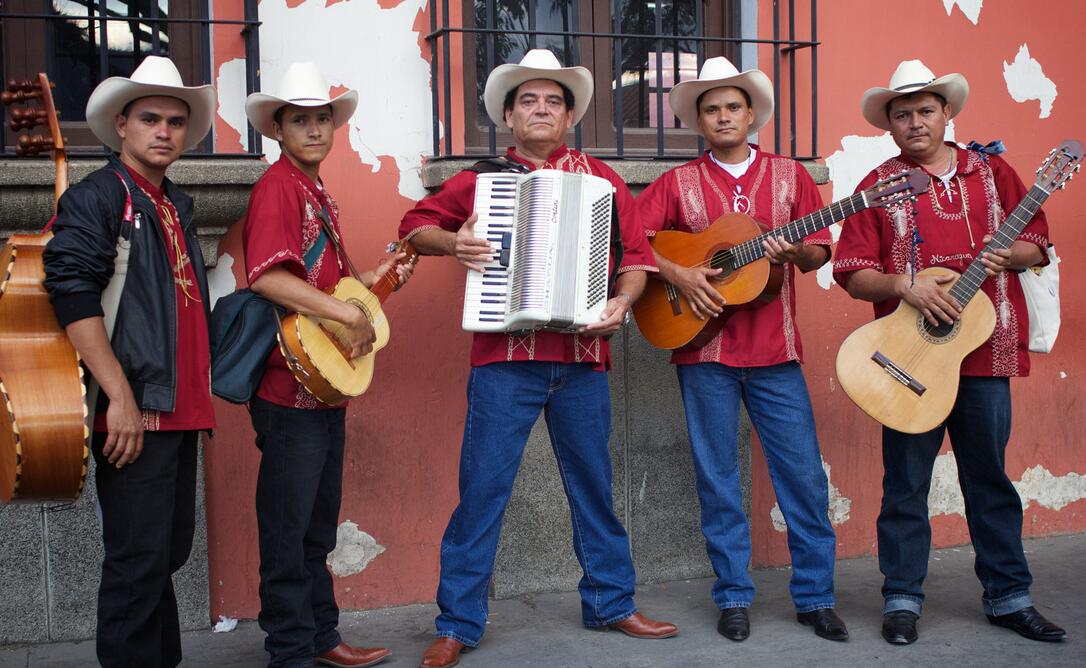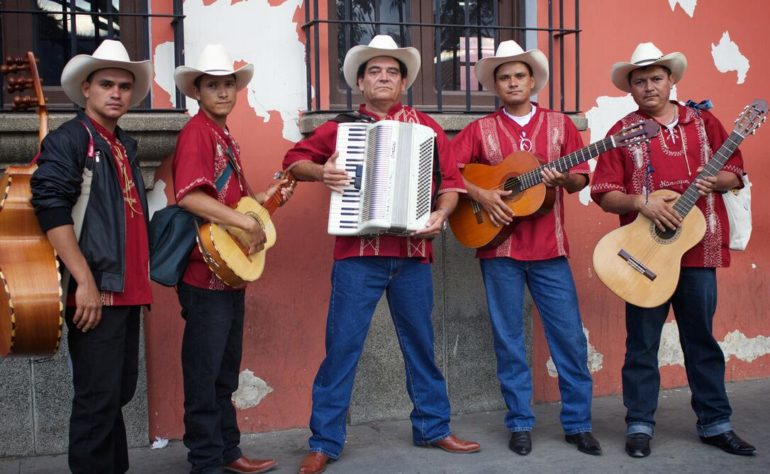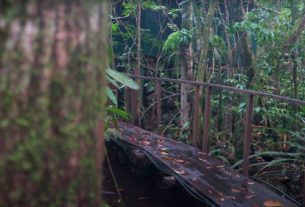The music scene has three dominant traditions: Mayan folk music, Ladino music with Spanish roots and art music. Archaeological documentation, imagery and written sources from before and after colonization attest to a rich music scene during the ancient Mayan civilization.
Native American music
The current population maintains in the mountain areas one of the strongest musical traditions among Indigenous people in North and Central America. Music is given great importance within both the public and private spheres: in ritual contexts and celebrations related to agriculture, religious and secular holidays, such as village celebrations and celebrations of the various saints. Flutes, drums and split drums, trumpet, marimba, various violin and guitar types and harp give the instrumental music a varied and festive character. Vocal music includes Native American ritual forms and forms derived from Spanish liturgical music.
Ladinomusikken
Ladino music flourishes especially in more urban areas. Its Spanish roots are clear, but influences from Mexican, Colombian and West Indian music as well as North American pop music also prevail. The most popular form, son guatemalteco , is considered as Guatemalan national dance. There is a couple dance to song and music on marimba or 6- and 12-string guitars, smaller guitars and maracas. Some features of the dance (stomping with your feet) are reminiscent of Spanish flamenco.
The most popular folk instrument, which has gained in both Mayan and Ladino music, is the marimba, a xylophone with tuneful gourd resonators, probably of African origin and introduced with the slaves in the early colonial period. At the celebration of independence in 1821, the marimba gained the status of a national instrument.
Art
The introduction of Spanish church music began immediately after the conquest. The Ciudad de Guatemala Cathedral (built in 1534) became an important musical center. Compositions by Spanish and Flemish masters, as well as by local musicians, were performed. The church was almost exclusively in the field of art music until the 19th century, when a public music scene took shape. Guatemala’s Philharmonic Society was established in 1813, the National Music Conservatory in 1880. Impulses from European romance form part of the background to the efforts to create a national art music with roots in folk music. Composer and pianist Luis Felipe Arias was an important foreground figure at this time. Since the 1944 revolution, orchestras, choirs and academies have been expanded to a modern music scene at the international level.




